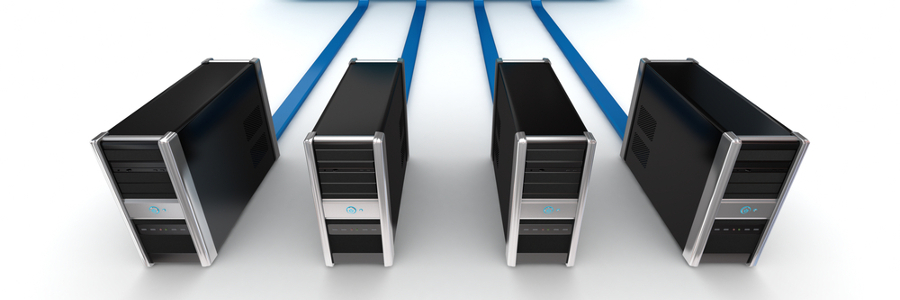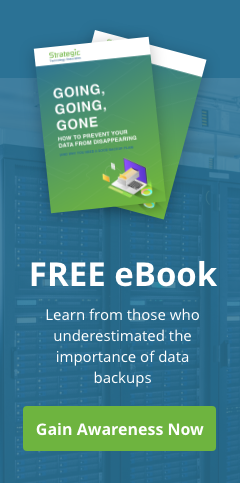Keeping up with tech trends as a small- or medium-sized business owner is tough. Virtualization is a great example of this. From the boost to network security and ability to scale your workstations and servers according to your business growth, it’s time to start learning more about it.
Choose from these 5 virtualization options
Quick Guide to Virtualization as a DR plan

Although many business owners think that Virtualization and Disaster Recovery (DR) are two separate services, the former can actually be used as a legitimate solution to the latter. Here’s how it works, along with some pointers to keep in mind should you choose virtualization as your disaster recovery plan.
Virtual desktops vs. Containers
Better virtualization options on the way
Telecoms offering network virtualization
Amazon Web Services’ simpler data migration

Any business owner who has taken the time to truly understand how virtualization works knows that the final product is invaluable. But since nothing worth doing is ever easy, there are a lot of things that might scare SMBs away from making the leap. Amazon Web Services is working tirelessly to make that leap a lot easier and less frightening with their Data Migration Service.
The 5 most popular virtualization platforms

Just understanding what office virtualization is can be difficult enough; picking from the long list of software providers that help you achieve it can feel impossible. Since virtualization is a relatively new practice for small and medium-sized businesses, there isn’t even a standardized way to go about virtualizing your company.
The DR benefits of Virtualization
BCP strategies to keep your business open

Whether your business is hit with a brief power outage or an extreme weather disaster, any kind of interruption to your organization’s productivity can cut into your profits. That’s why it is important to have a business continuity plan and utilize BC tools to ensure your organization can stay in operation at all times.
- 1
- 2






